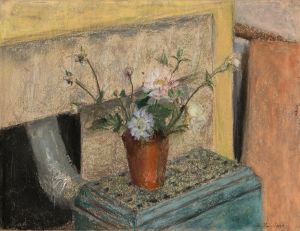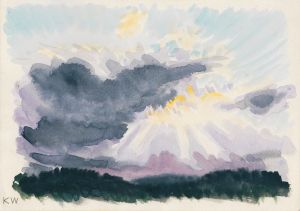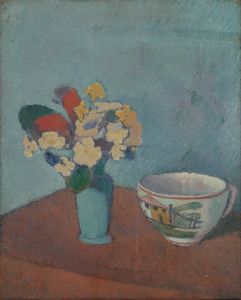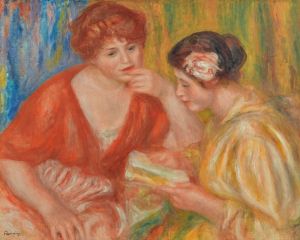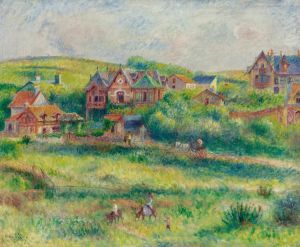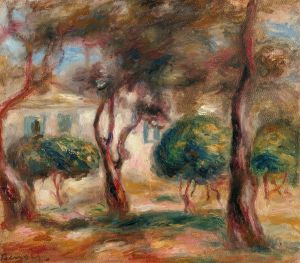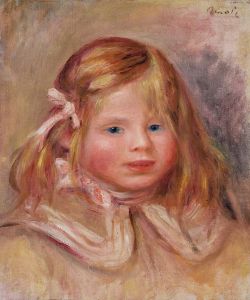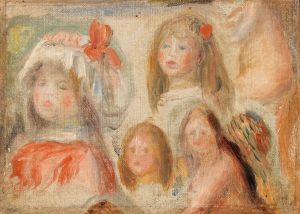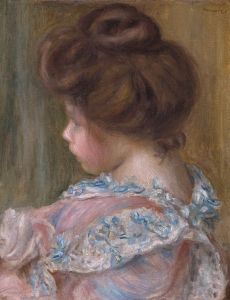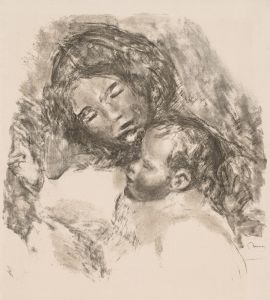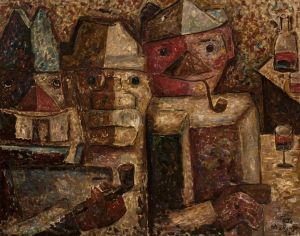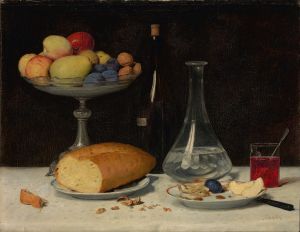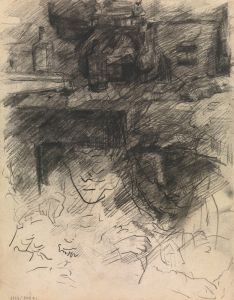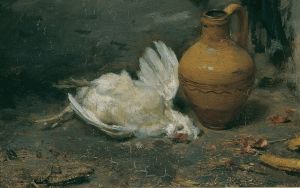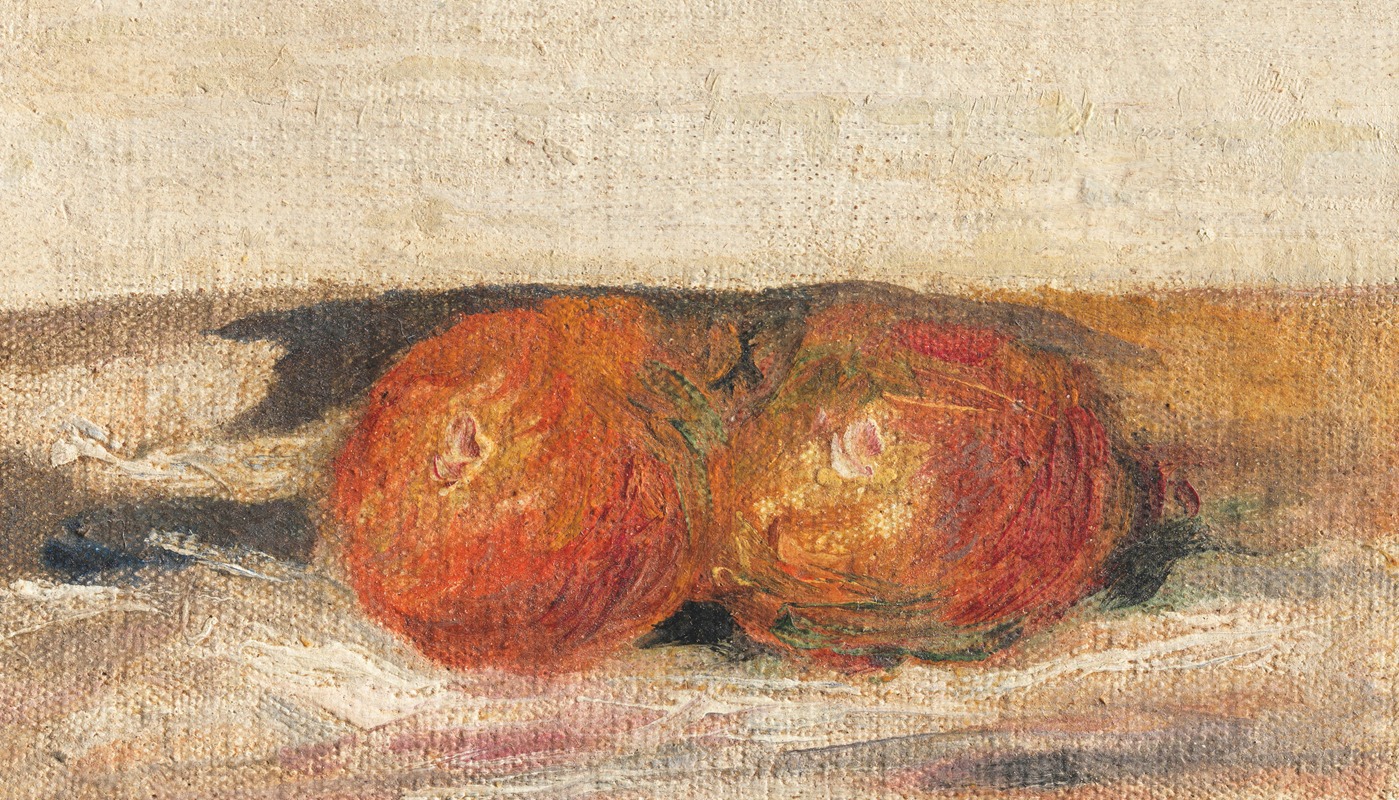
Nature morte
A hand-painted replica of Pierre-Auguste Renoir’s masterpiece Nature morte, meticulously crafted by professional artists to capture the true essence of the original. Each piece is created with museum-quality canvas and rare mineral pigments, carefully painted by experienced artists with delicate brushstrokes and rich, layered colors to perfectly recreate the texture of the original artwork. Unlike machine-printed reproductions, this hand-painted version brings the painting to life, infused with the artist’s emotions and skill in every stroke. Whether for personal collection or home decoration, it instantly elevates the artistic atmosphere of any space.
Pierre-Auguste Renoir, a prominent French artist and a leading figure in the Impressionist movement, is renowned for his vibrant light and saturated color, often focusing on people in intimate and candid compositions. However, like many artists, Renoir also explored still life painting, a genre that allowed him to experiment with form, color, and composition in a more controlled environment. One of his works in this genre is "Nature morte," which translates to "Still Life" in English.
Renoir's still lifes, including "Nature morte," often reflect his interest in the interplay of light and color. Although specific details about "Nature morte" are limited, Renoir's approach to still life painting typically involved a focus on everyday objects, such as fruits, flowers, and household items. These works are characterized by their rich textures and the artist's ability to infuse life into inanimate objects through his dynamic brushwork and vibrant palette.
In the broader context of Renoir's oeuvre, still life paintings provided a counterbalance to his more dynamic and complex figure compositions. They allowed him to explore the subtleties of color and light in a more intimate setting. Renoir's still lifes are often noted for their lush, sensuous quality, which is achieved through his use of soft, blended brushstrokes and a warm, luminous color palette.
Renoir's technique in still life painting, as in his other works, was influenced by his Impressionist contemporaries, as well as by earlier masters. He admired the works of artists like Eugène Delacroix and the color theories of the Impressionists, which emphasized the effects of light and atmosphere. In "Nature morte," Renoir would have applied these principles to capture the transient beauty of the objects he depicted, focusing on the way light interacts with surfaces and the subtle variations in color.
While specific exhibitions or collections featuring "Nature morte" are not widely documented, Renoir's still lifes are generally appreciated for their contribution to the Impressionist movement and their demonstration of the artist's versatility. They reveal a different facet of Renoir's artistic capabilities, showcasing his skill in rendering texture and form, as well as his deep appreciation for the beauty of everyday objects.
Overall, Renoir's "Nature morte" exemplifies the artist's ability to transform simple subjects into captivating compositions through his masterful use of color and light. Although not as widely recognized as his portraits and figure paintings, Renoir's still lifes remain an important part of his artistic legacy, offering insight into his creative process and his exploration of the Impressionist style.





